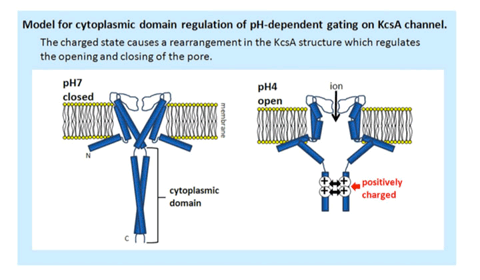TOP > News > Researcher Profile of the Month > April
Looking down on all her female peers, and most of her male ones too, Minako Hirano's height suggests she could have been an athlete. However, that she is always seen wearing a white lab coat makes it clear she is more comfortable by the bench in the laboratory than the one on the basketball court. Now at QBiC, she is continuing her research that earned her a Ph. D.
Before her graduate studies, Minako had actually left academia for a few years. After graduating from Nagoya University with a degree in biology, she moved to Kobe and spent most of that time working in a bio-engineering lab as a technician. “I didn't like that we were satisfied getting the system to work, even if we didn't know why it worked”. She therefore looked at returning to school, contacting Prof. Yanagida at Osaka University. “I had an interest in the Yanagida group, but wanted to work with a small team, so I chose Prof. [Toru] Ide to look at the relationship between structural and function changes in ion channels”. Although Minako still officially works for Prof. Ide, he moved to the Graduate School for the Creation of New Photonics Industries in Shizuoka, near Tokyo, leaving her far more independent than the average post-doctorate. “I don't think I have more responsibility than normal, but I am definitely more free”. Prof. Ide does come to Osaka once a week for a regular lab meeting, but for everyday matters, Minako is her own boss.
The research itself combines electrophysiology with total internal reflection fluorescence microscopy (TIRFM) to observe changes in the transmembrane and cytosolic domains of single ion channels alternating between open and closed states. Minako explains, “When studying multiple ion channels, you can never be sure how many are actually open and how many are actually closed. This makes it difficult to analyse the relationship between structure and function. Studying single channels and observing the structure-function changes simultaneously, we can better identify the relationship”.
alternating between open and closed states. Minako explains, “When studying multiple ion channels, you can never be sure how many are actually open and how many are actually closed. This makes it difficult to analyse the relationship between structure and function. Studying single channels and observing the structure-function changes simultaneously, we can better identify the relationship”.
Minako's results provide some important insight on how channels open and close in response to changes in extracellular and intracellular properties like pH and membrane potential. “The channels we have studied have primarily been bacteria channels. What we need to do next is apply our system to human ion channels”. This, she hopes, will be an invaluable step in learning how to improve the probability of a drug entering a cell and thereby increase its therapeutic effectiveness.


